The new national standard is the two test standards to be promulgated by the state: "Communication Protocol Conformance Test between Electric Vehicle Off-Board Conductive Charger and Battery Management System" and "Electric Vehicle Conductive Charging Interoperability Test Specification".
The new national standard for charging piles is about to be promulgated, can the agreement consistency issue be solved, and in the face of the “charge hazard†in the charging pile market, how can the new national standard “take it to the law� This article will elaborate on one of the new national standards "protocol consistency test" through three aspects.
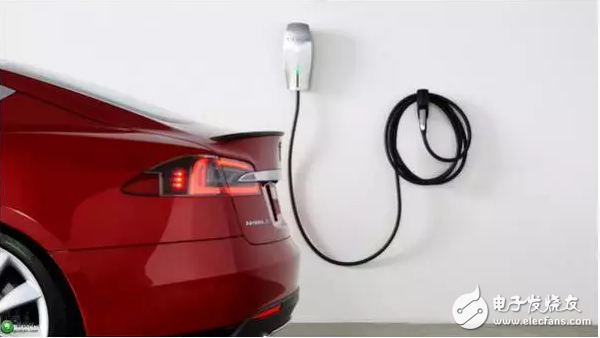
In the early days, the state issued GBT 27930-2015 "Communication Protocol between Electric Vehicle Off-Board Conductive Charger and Battery Management System", which stipulated the communication protocol between the charger and the BMS. However, due to the fact that the standard setting is too broad, there is an error in the understanding of standards by the pile enterprises and the car companies. As shown in the figure below, the BMS sends a “battery abnormality†message to the charger, but the charger still replies to the BMS with the message “still allowed to chargeâ€. Regardless of the abnormal battery, continue to charge normally, and there will be great safety hazards. This is the "charge hazard" in the charging pile market.
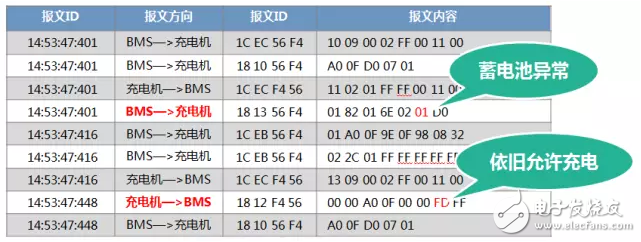
The country 27930 is only a charging pile standard, but does not specify specific test content and test methods. How to deal with "charge hazards"? This is the reason for the introduction of the new national standard.
The “Communication Protocol Conformance Test between Electric Vehicle Off-Board Conductive Charger and Battery Management System†proposed by the State is intended to increase the credibility of each implemented protocol standard and check according to the requirements stipulated by relevant protocol standards. Each implementation conforms to the protocol standard, eliminating the ambiguity of understanding each implementation and standard, and achieving the "sole" purpose of charging.
The complicated communication protocol, how to test the new national standard?
Second, what is the new national standard?The charging process of the pile is mainly divided into four stages. The protocol conformance test stipulates the technical specifications for detecting the charger and the BMS in four stages, and analyzes whether the BMS and the charger are working normally.
1. Low voltage auxiliary power-on and charging handshake stage
The test system sends handshake messages, identification messages, etc., tests whether the charger performs insulation detection, and tests whether both the charger and the BMS feedback normal handshake and identification messages, and can accurately judge and output the error message check. Error message.
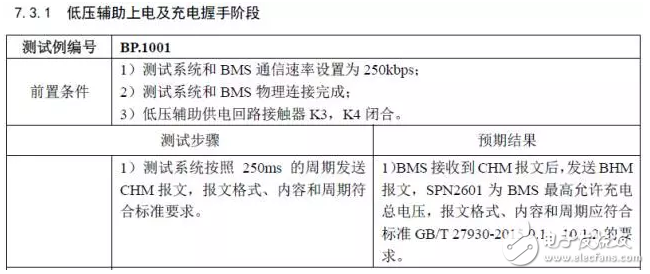
2. Charging parameter configuration stage
The test system simulates the charging and BMS charging ready states respectively, and tests whether the BMS and the charger respectively make corresponding normal feedback, completes the charging parameter configuration, and enters the normal charging phase.
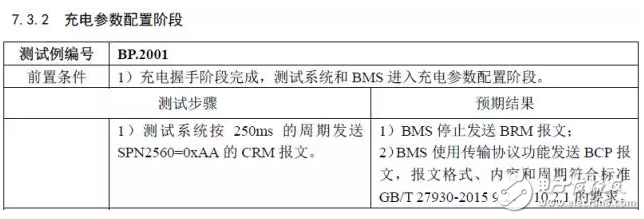
3. Charging stage
The test system sends an analog message to examine whether the BMS and the charger feed back information such as the charging demand, the state of charge, the battery demand, the battery state, and the voltage temperature, and check whether the two are accurate judgments for stopping the charging, and enter the charging end stage.
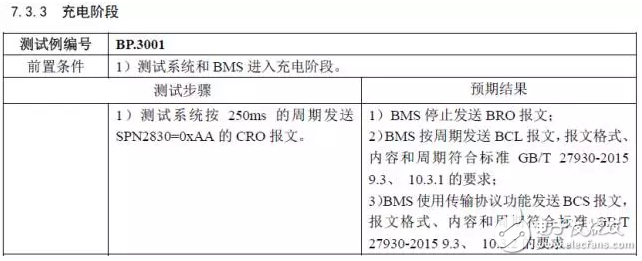
4, the end of charging phase
The test system separately sends a charge abort message to check whether the BMS and the charger normally end the charging process.

The promulgation of the new national standard undoubtedly further standardizes the market for charging piles, narrows the space for standard interpretation of ambiguity, and achieves standard unification from “doing piles†to “measuring pilesâ€, rejecting “charge hazards†and “all charging onlyâ€. "And charging safety" escort. In the future, the gap between charging piles will be narrowed indefinitely until uniformity. This also requires the domestic charging pile test level to develop, compatible with new and old standard tests, and test capabilities to a higher level.
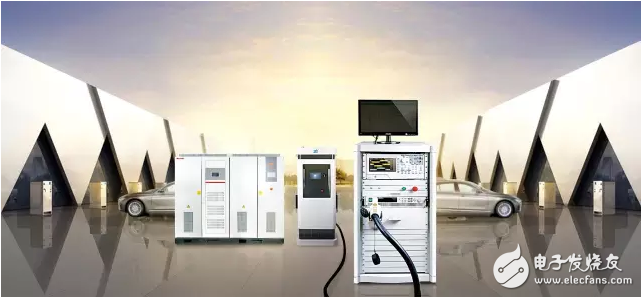
FFG-PG Glass Fiber Cloth is made by Braided non-alkali Glass Fiber or High Bulk Glass Fiber
Product introduce:
Glass fiber reinforced material woven cloth is material of hull, storage tank, cooling tower, ship, vehicle, pot and architectural structure.Glass fiber cloth is mainly used in industries for heat insulation, fire proof and flame resistance. It can absorb a lot heat and prevent the flame through the cloth when suffer flame burning, and make the air insulating.
The bulk fabric cloth have the same effect with glass fiber cloth.
1. Working at -196 degrees C up to 700 degrees C. Weather proof.
2. Very difficult to be sticked by any material.
3. Resistance to chemical corrosion: strong acid and alkali, aqua regia and all kinds of organic solvents.
4. Low friction coefficient.
5. Light Transmittance: 6~13 %.
6. High insulation property,anti-UV,anti-static.
7. High strength and very good mechanical performance.
Standard Sepcifications:
PART NO. Material THICKNESS/mm GRAIN/mm WIDTH/mm WEIGHT g/㎡
FFG-PG 02 Alkali-free glass fiber 0.2 plain 1.27 180
FFG-PG 04 Alkali-free glass fiber 0.4 broken twill 1.0 1.25 1.5 1.8 430
FFG-PG 05 Alkali-free glass fiber 0.5 satin 1 500
FFG-PG 06 Alkali-free glass fiber 0.6 satin/twill 1 660
FFG-PG 08 Alkali-free glass fiber 0.8 satin 1 1.2 1.25 1.5 840
FFG-PG 10 Alkali-free glass fiber 1.0 satin 1 1.2 1.25 1.5 1050
FFG-PG 15 Alkali-free glass fiber 1.5 satin 1 1.2 1.25 1.5 1500
FFG-PG/H 08 (Bulked Fiber) (High Bulked Glass Fiber) 0.8 plain 1 1.25 1.5 1.8 620
FFG-PG/H 10 (Bulked Fiber) (High Bulked Glass Fiber) 1 plain 1 1.25 1.5 1.8 800
FFG-PG/H 15 (Bulked Fiber) (High Bulked Glass Fiber) 1.5 plain 1.25 1.5 1.8 1000
FFG-PG /H 20 (Bulked Fiber) (High Bulked Glass Fiber) 2 plain 1 1.25 1.5 1.8 1300
FFG-PG/H 30 (Bulked Fiber) (High Bulked Glass Fiber) 3 plain 1 1.25 1.5 1.8 2000
Product picture:
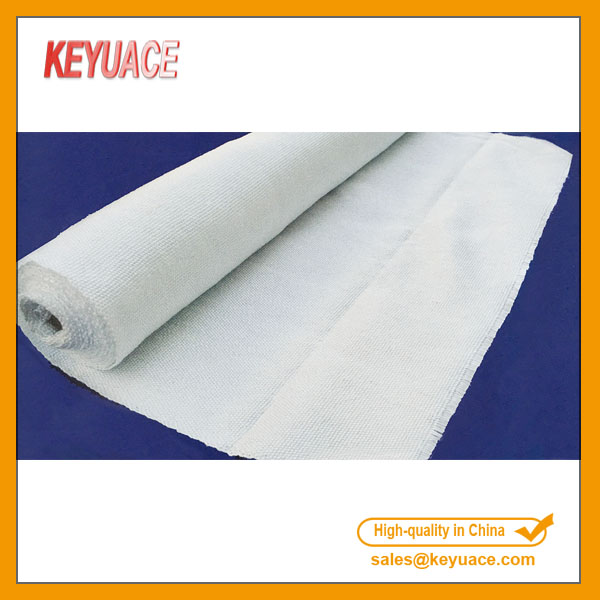
Fire Resistant Fiber Cloth,Insulation Glass Fiber Cloth,Fiberglass Insulation Fabric Cloth,Aluminium Foil Glass Fiber Cloth
Dong Guan KE YU New Material Technology co.,LTD , https://www.insulationtubing.com